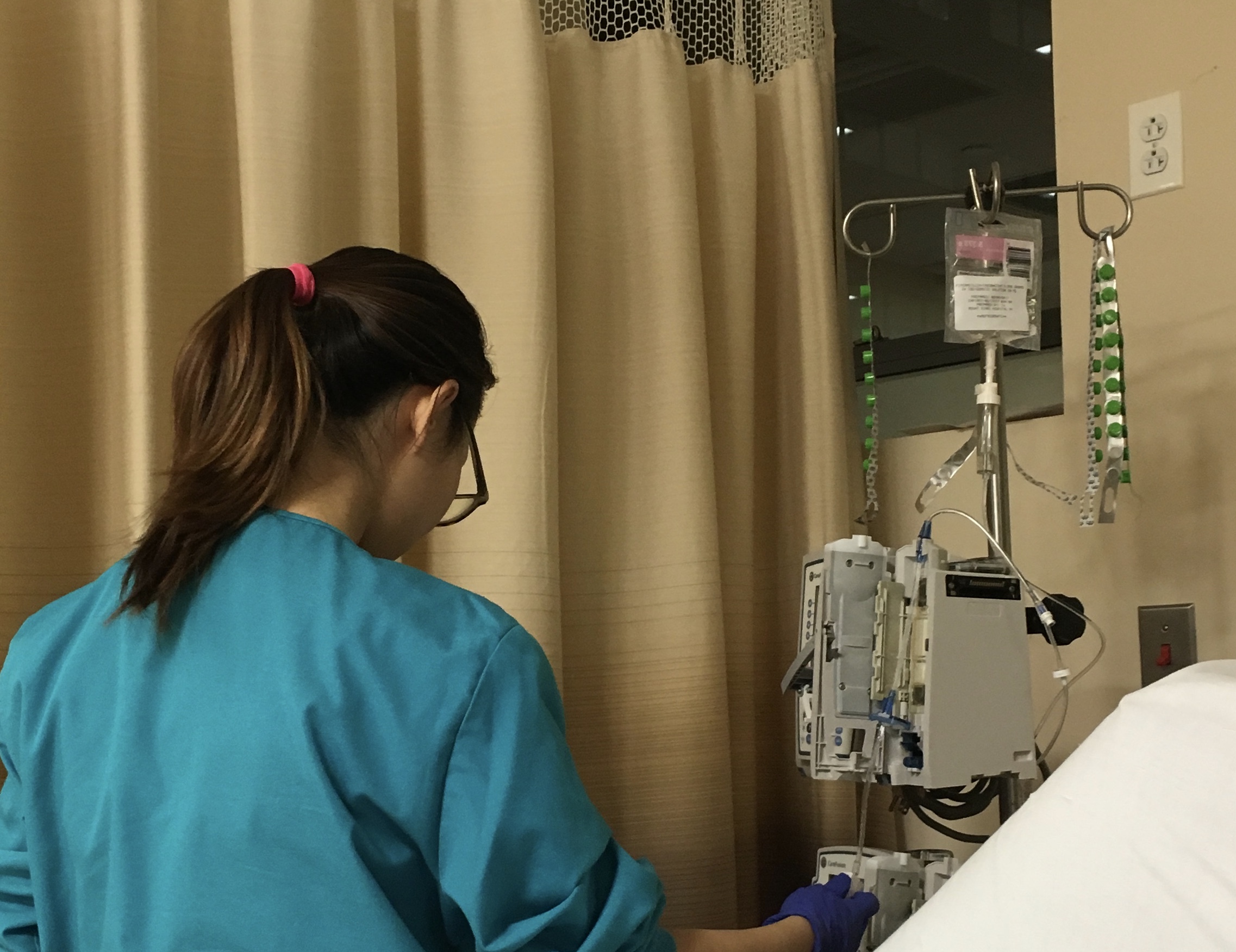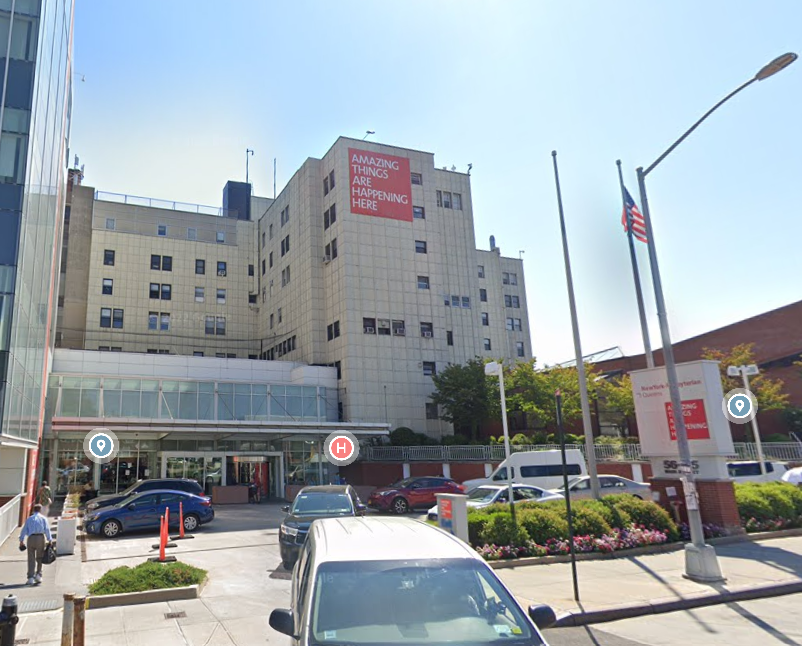Understanding the Impact of Private Equity Acquisitions on Hospital Safety – A Medical Malpractice Lawyer’s Perspective
 A recent investigation published in JAMA has sparked serious concerns within the healthcare community, especially among those of us in the field of medical malpractice law. This study reveals that patients are significantly more likely to experience adverse events, such as infections or falls, in hospitals owned by private equity (PE) firms.
A recent investigation published in JAMA has sparked serious concerns within the healthcare community, especially among those of us in the field of medical malpractice law. This study reveals that patients are significantly more likely to experience adverse events, such as infections or falls, in hospitals owned by private equity (PE) firms.
Increased Risks for Patients
The study highlights a 25% increase in hospital-acquired conditions among Medicare beneficiaries admitted to PE hospitals. Patients have a nearly 38% increased chance of experiencing a central line infection and a 27% higher likelihood of falls in PE-backed hospitals compared to control facilities.
 New York Personal Injury Attorneys Blog
New York Personal Injury Attorneys Blog









